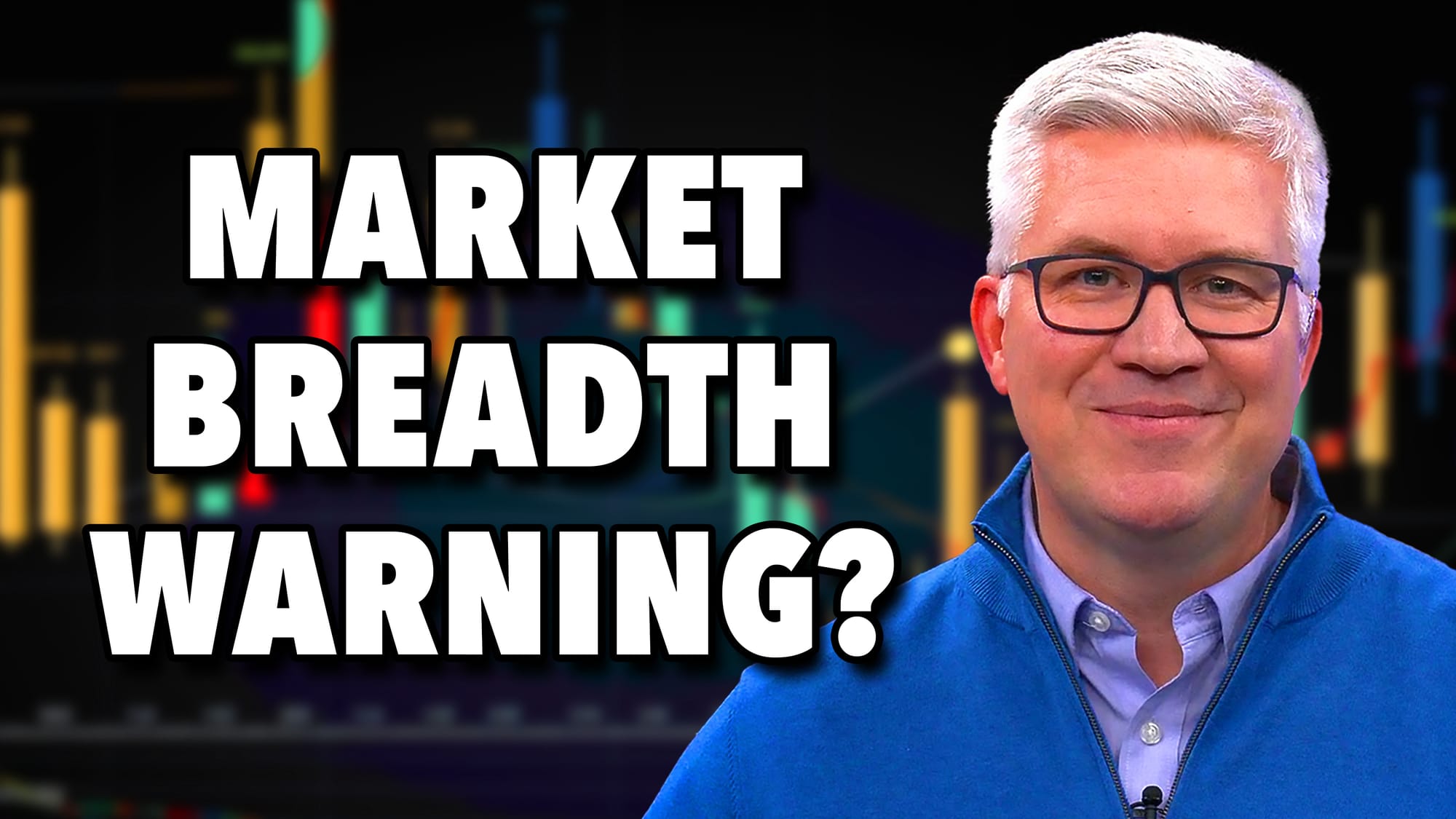NYSE BULLISH PERCENT INDEX TURNS DOWN -- SO DOES SHORT-TERM MOVING AVERAGE SYSTEM -- MARKET STARTS OVERSOLD BOUNCE -- COMPARING DAILY AND WEEKLY SIGNALS FOR GUIDANCE
NYSE BULLISH % INDEX TURNS DOWN ... One of our readers asked for an update on the NYSE Bullish Percent Index. The BPI represents the number of stocks in an index that are on point & figure buy signals. Readings over 70 are considered overbought. Drops below 70 are usually associated with intermediate tops. Chart 1 shows the BPNYA tumbling all the way down to 65 over the last week. Another sentiment indicator that's taken a big hit is the percent of NYSE stocks trading over their 200-day moving averages. Readings over 75% in that indicator represent an overbought market. After reaching as high as 85% just a week ago, that indicator has tumbled all the way to 66. Each of the previous declines from the 75% level has signalled an intermediate correction.

Chart 1

Chart 2
MOVING AVERAGE SYSTEM GIVES SHORT-TERM SELL ... Another reader asked for an update on the 13-34 EMA moving average system. It too is on a short-term sell signal for the S&P 500. The two exponential moving averages are shown in Chart 3. [The S&P 500 bars aren't shown]. The 13 day EMA (blue line) has fallen below the 34-day EMA (red line) for the first time since last July. The last short-term sell signal was given last May near the start of that downside correction. A bigger question is what the weekly lines look like. Chart 4 shows that the 13-week EMA (blue line) has turned down, but remains above the 34-week EMA (red line). That's symptomatic of a downside correction, but not necessarily a major top. Chart 6 shows how well the weekly EMA lines have worked over the last decade. Only two signals have been given in that time span -- a sell in 2000 (red arrow) and a buy in the spring of 2003 (blue arrow). The last time the weekly blue line turned down was last May.

Chart 3

Chart 4

Chart 5
COMPARING DAILY AND WEEKLY SIGNALS ... The stock market appears to be entering an oversold bounce. That's not surprising. The green horizontal lines in Chart 6 mark Fibonacci retracement levels measured from the July bottom to the recent top. The S&P is bouncing off the first line which is a 38% retracement level and the first line of support. Notice also that the daily stochastic lines have dipped into oversold territory below 20 for the first time since the market bottomed last July (see circles). The bigger question is whether today's bounce marks the end of the correction or just a reflex rally in a ongoing correction. Weekly chart signals are always more important than those on daily charts. Let's compare the weekly signals now with last July.

Chart 6
WEEKLY STOCHASTIC LINES NOWHERE NEAR BUY SIGNAL ... The weekly stochastic lines for the S&P 500 in Chart 7 are still dropping and are way above oversold territory near 20. Compare their current position (which is down) to where they were last July when the market bottomed. After peaking last May, the weekly stochastic lines fell to the low 20s before turning up in July. That meant that the daily and weekly lines were giving simultaneous buy signals at that point. Daily buy signals don't usually carry very far unless the weekly lines are rising as well. Right now they aren't. The monthly lines aren't encouraging either. Chart 8 shows the monthly stochastic lines turning positive last July. Right now, they're moving down. Both longer-range charts lead me to believe that any short-term bounce will eventually give way to more selling.

Chart 7

Chart 8
OVERHEAD RESISTANCE LEVELS... The daily bars in Chart 9 overlay Fibonnaci lines above the S&P 500. The horizontal bars represent resistance levels if the S&P actually reaches them. The most likely upside target is the middle line which is a 50% bounce. The hourly bars in Chart 10 show there's also overhead resistance ranging from 1409 to 1415. The latter number is pretty close to the 50% line, and is a likely spot to expect any short-term bounce to start encountering some new selling.

Chart 9

Chart 10












